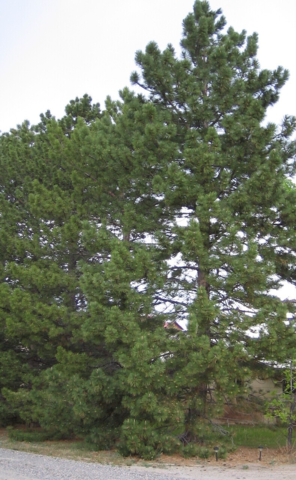
Over the years, film maker and artist Joshua Bonnetta has made sonic records of places that had meaning for him. They were private mementos for him.
As he learned more about long-form field recording, he decided to document a pine tree in Tioga County, New York, for 8,760 hours, a total of 365 days from May 2021 to April 2022. The recording captured, among other things, the sounds of crickets and frogs, the tree's creaking branches, and even a raccoon.
With the help of Holger Klinck, an expert in conservation bioacoustics at Cornell University, he was able to use spectral analysis software to identify sounds graphically. Another friend, Josh Berger, introduced him to a program that helped him to clean up the sound as well as dismantle the sounds and put them back together.
It took Bonnetta three years between other jobs to create what he calls The Pines, a spectral collage of four hours of sounds that document a year in the life of the tree and its natural surroundings. An essay by Robert Macfarlane accompanies it. The Pines is out now on Shelter Press and The Dim Coast.
The Pines contains Bonnetta's amazing accomplishment of documenting the tree and its surroundings in the best way he could. No other year in the life of that tree will ever be the same. Bonnetta has, in essence, captured and immortalized sounds that are unique to that year.
To learn more about Bonnetta and his projects, read Claire Biddle's article, "Trunk call: Artist who spent a year listening to a tree," in the May 9, 2025 issue of The Guardian Weekly.
Bonnetta's next project is to document the inner geological sounds of the Alps. Currently, he lives in Munich, and the sounds of his new city fascinate him. Perhaps one of these days he will capture and immortalize them as well.






